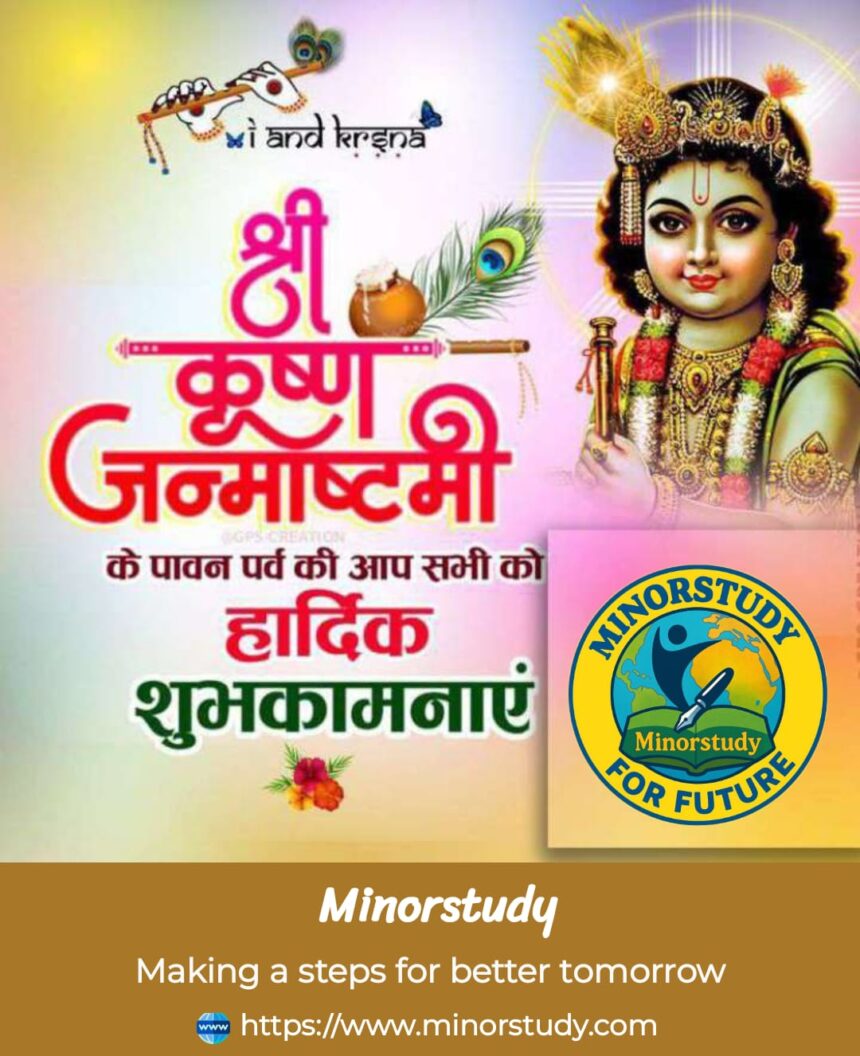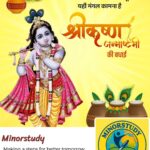Shri Krishna Janmashtami: History, Facts, Significance, and Its Impact on Life
Shri Krishna Janmashtami, also known as Krishna Jayanti, is one of the most widely celebrated Hindu festivals, marking the birth of Lord Krishna, the eighth incarnation of Lord Vishnu. Observed annually on the Ashtami (8th day) of the Krishna Paksha (dark fortnight) in the month of Bhadrapada, this festival usually falls in August or September according to the Gregorian calendar. It is a day of devotion, joy, and spiritual reflection for millions of devotees across India and the world.
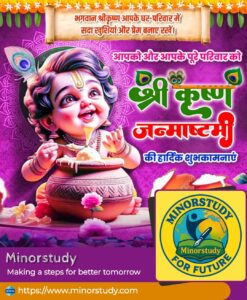
History of Shri Krishna Janmashtami
The origins of Janmashtami are deeply rooted in Hindu mythology and the Mahabharata. Lord Krishna was born to Devaki and Vasudeva in a prison in Mathura to rid the world of the tyrannical king Kansa. According to legend, Kansa, fearing a prophecy that Devaki’s eighth child would kill him, imprisoned the couple and killed their first six children. Krishna, the eighth child, was miraculously saved and transported to Gokul, where he was raised by Yashoda and Nanda.
Janmashtami celebrates not only Krishna’s birth but also his divine acts, teachings, and leelas (playful pastimes) that have inspired devotion, righteousness, and human values throughout history.

Fun and Interesting Facts About Shri Krishna Janmashtami
Birth at Midnight: Krishna is said to have been born precisely at midnight, which is why devotees often observe midnight celebrations.
Fast and Devotion: Many devotees observe a day-long fast, breaking it at midnight after prayers and celebrations.
Dahi Handi Tradition: In Maharashtra, the playful festival of Dahi Handi recreates Krishna’s childhood pastime of stealing butter.
Temples and Pilgrimages: Famous temples like Mathura, Vrindavan, Dwarka, and Udupi Krishna Temple witness massive celebrations during Janmashtami.
Global Celebrations: Apart from India, Janmashtami is celebrated in Nepal, Mauritius, Fiji, Trinidad & Tobago, and among the Indian diaspora worldwide.
Krishna’s Teachings: His birth reminds devotees of the eternal wisdom in the Bhagavad Gita, emphasizing dharma, devotion, and righteous living.
Cultural Programs: Folk dances like Raslila and devotional songs known as bhajans are performed across temples and communities.
Decoration and Rituals: Homes and temples are decorated with flowers, lights, and small cradles symbolizing Krishna’s birth.
Eco-Friendly Celebrations: In recent times, eco-conscious Janmashtami celebrations are encouraged, reducing plastic and harmful materials in decorations.
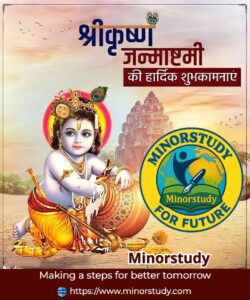
Timeline of Shri Krishna Janmashtami
Ancient Period: Worship of Lord Krishna dates back thousands of years in Vedic literature and Puranas.
Medieval Period: Saints like Meera Bai, Surdas, and Chaitanya Mahaprabhu popularized Krishna devotion through poetry and bhajans.
Modern Period: Janmashtami evolved into a pan-Indian festival, with large-scale public celebrations, especially in Mathura, Vrindavan, and Mumbai.
21st Century: Globalization and social media have expanded Krishna Janmashtami celebrations worldwide, blending tradition with modern practices.
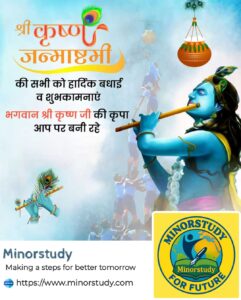
FAQs About Shri Krishna Janmashtami
Q1: When is Krishna Janmashtami celebrated?
A: It is observed on the Ashtami of Krishna Paksha in Bhadrapada, which usually falls in August or September.
Q2: Why is Dahi Handi celebrated?
A: It recreates Krishna’s playful childhood act of stealing butter, emphasizing joy, teamwork, and devotion.
Q3: What are common rituals during Janmashtami?
A: Fasting, singing bhajans, performing Raslila, decorating temples, and breaking Dahi Handi are common practices.
Q4: Is fasting mandatory?
A: Fasting is a traditional practice to show devotion, but the manner and strictness vary according to family traditions.
Q5: How is Krishna worshiped on Janmashtami?
A: Devotees offer flowers, fruits, sweets, and recite mantras, prayers, and Bhagavad Gita verses to honor Krishna.
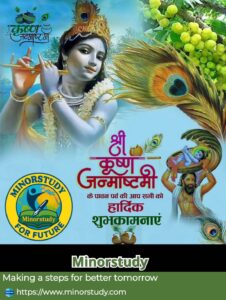
Significance of Shri Krishna Janmashtami
Spiritual Awakening: The festival reminds devotees of Krishna’s teachings, emphasizing truth, devotion, and righteousness.
Moral Lessons: Krishna’s life teaches courage, humility, and the importance of dharma in facing challenges.
Cultural Preservation: Janmashtami preserves classical arts, music, and folk traditions like Raslila.
Social Unity: Community celebrations, especially Dahi Handi, promote teamwork, cooperation, and festive joy.
Youth Inspiration: Children learn stories of Krishna, developing values of kindness, cleverness, and courage.
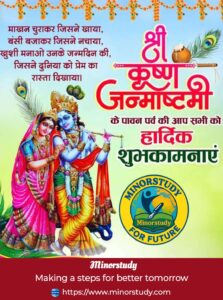
Observance and Celebration
Fasting and Vigil: Devotees often fast from sunrise to midnight, breaking it after midnight prayers.
Temple Decorations: Temples and homes are adorned with flowers, lights, and colorful cradles.
Raslila and Bhajans: Performances depicting Krishna’s childhood, youthful leelas, and divine pastimes are organized.
Dahi Handi in Maharashtra: Young men form human pyramids to break earthen pots filled with curd, butter, and milk, replicating Krishna’s playful acts.
International Celebrations: Temples worldwide organize cultural programs, bhajans, and devotional gatherings.
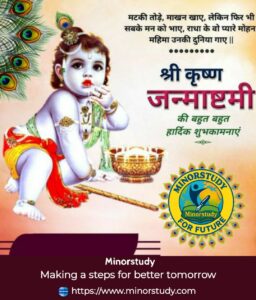
Daily Life Impact
Promotes Discipline: Fasting and rituals teach patience, discipline, and self-control.
Strengthens Community Bonds: Public celebrations foster unity and cooperation among participants.
Cultural Engagement: Encourages children and adults to participate in folk arts, music, and storytelling.
Spiritual Growth: Provides a sense of inner peace, reflection, and devotion in daily life.
Values Education: Instills moral lessons through stories of Krishna’s life and teachings.
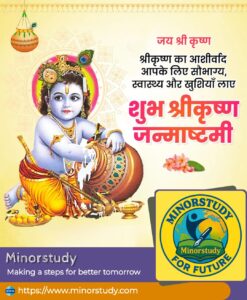
Wishing Ideas
“Wishing you a blessed Shri Krishna Janmashtami filled with joy, devotion, and divine love!”
“May Lord Krishna’s wisdom and playful spirit inspire your life. Happy Janmashtami!”
“Celebrate the birth of Krishna with love, devotion, and happiness in every moment.”
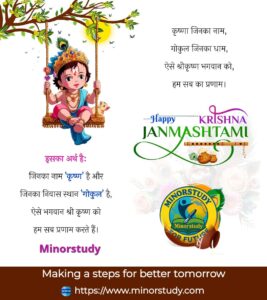
Key Points to Remember
Shri Krishna Janmashtami celebrates the birth of Lord Krishna, an incarnation of Vishnu.
Devotees fast, sing bhajans, perform Raslila, and celebrate Dahi Handi.
The festival emphasizes spiritual growth, moral values, cultural heritage, and community bonding.
Krishna’s teachings inspire courage, righteousness, and devotion in daily life.
Conclusion
Shri Krishna Janmashtami is more than a religious festival—it is a celebration of life, devotion, and the eternal wisdom of Lord Krishna. By observing this festival, devotees connect with the timeless teachings of Krishna, embrace moral and spiritual values, and strengthen cultural and social bonds. The joyous rituals, fasting, music, and stories of Krishna’s divine pastimes inspire millions worldwide, making Janmashtami a festival of love, devotion, and celebration of human values.
By honoring Krishna’s life and teachings, society continues to foster spirituality, creativity, and moral integrity, enriching both individual lives and collective social harmony.
Daily Life Impacts:
Fosters discipline, patience, and devotion.
Strengthens community unity and cooperation.
Enhances cultural education and moral development.
Significance to Society:
Preserves Indian cultural and spiritual heritage.
Promotes ethical values and social harmony.
Inspires children and youth through stories and traditions.

